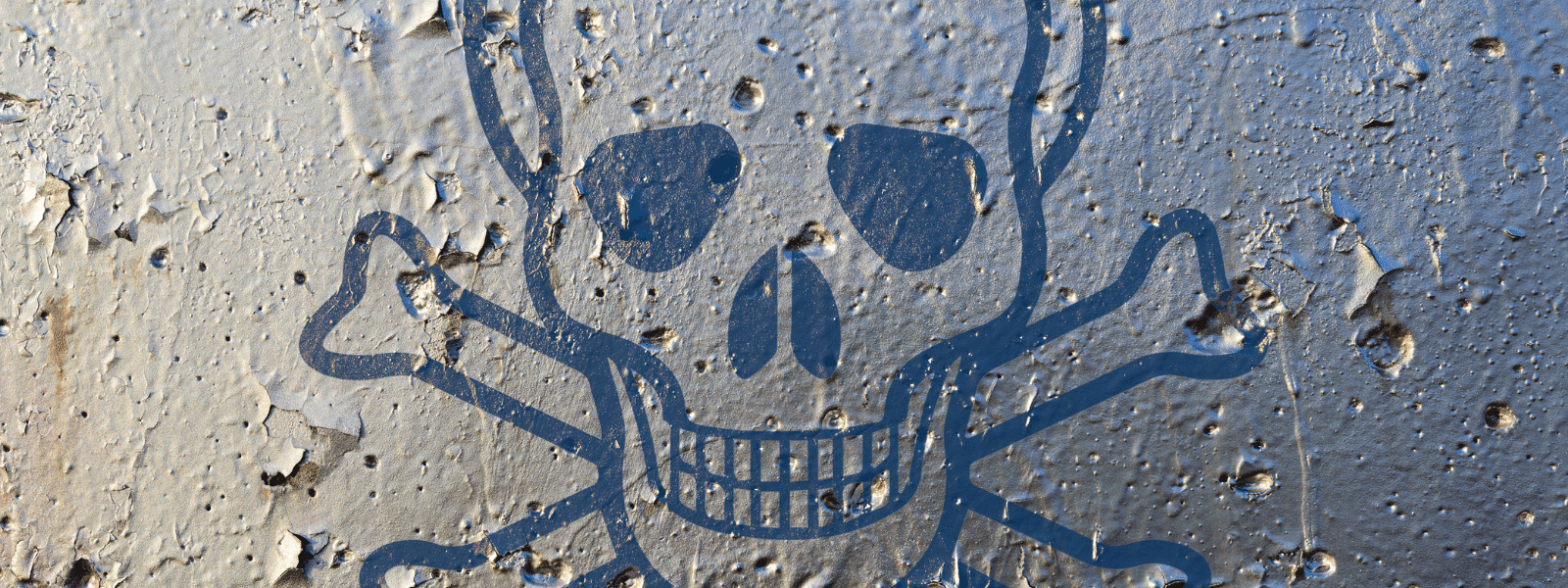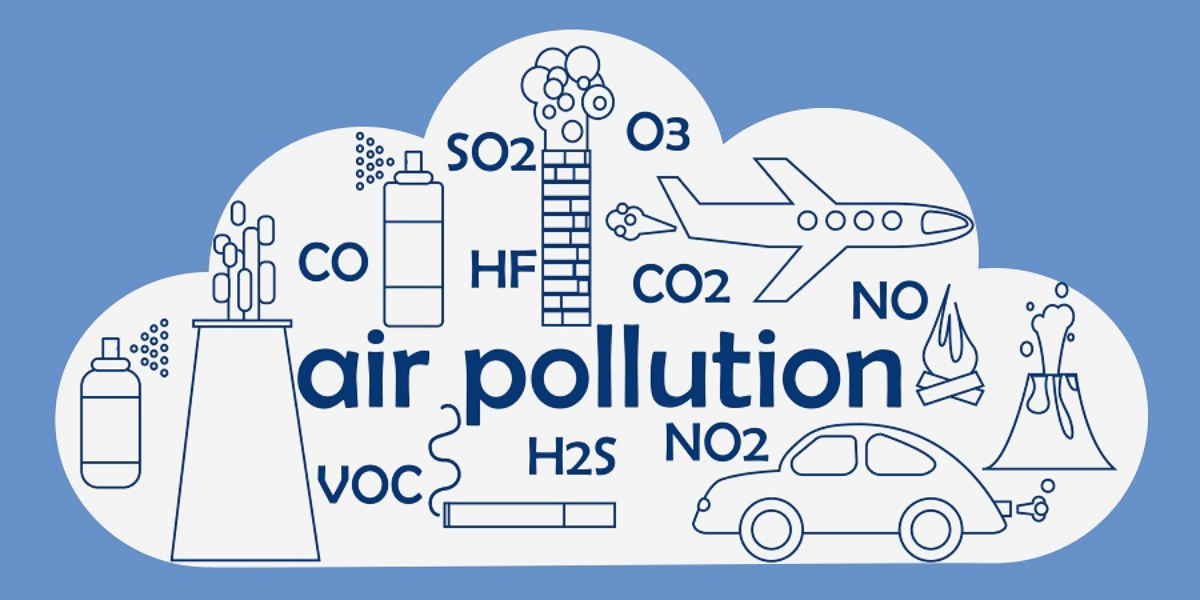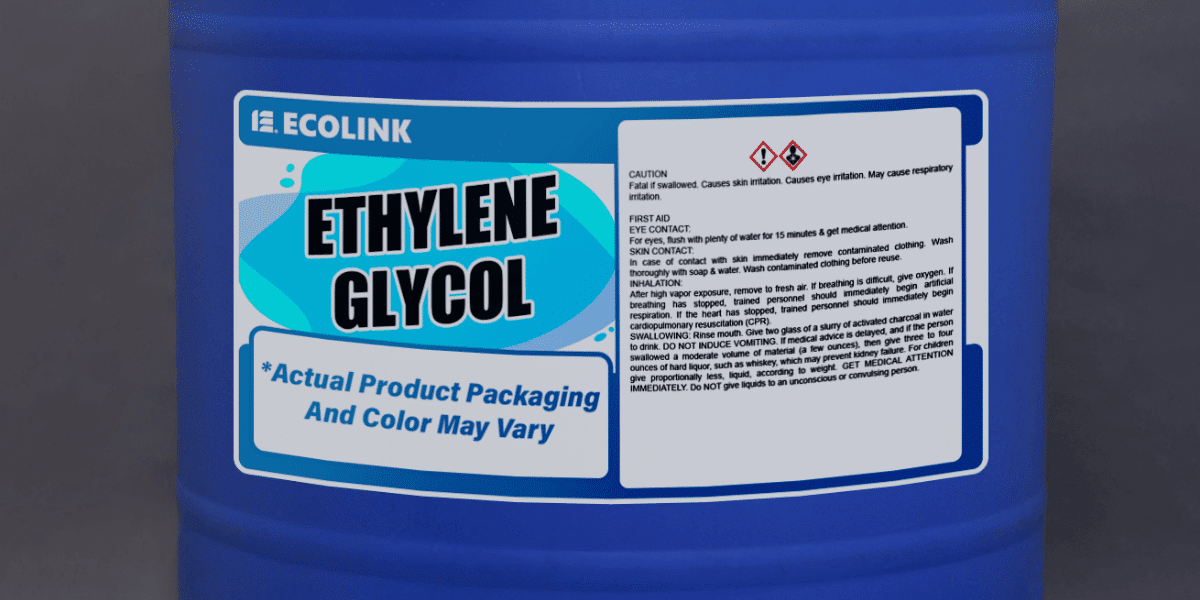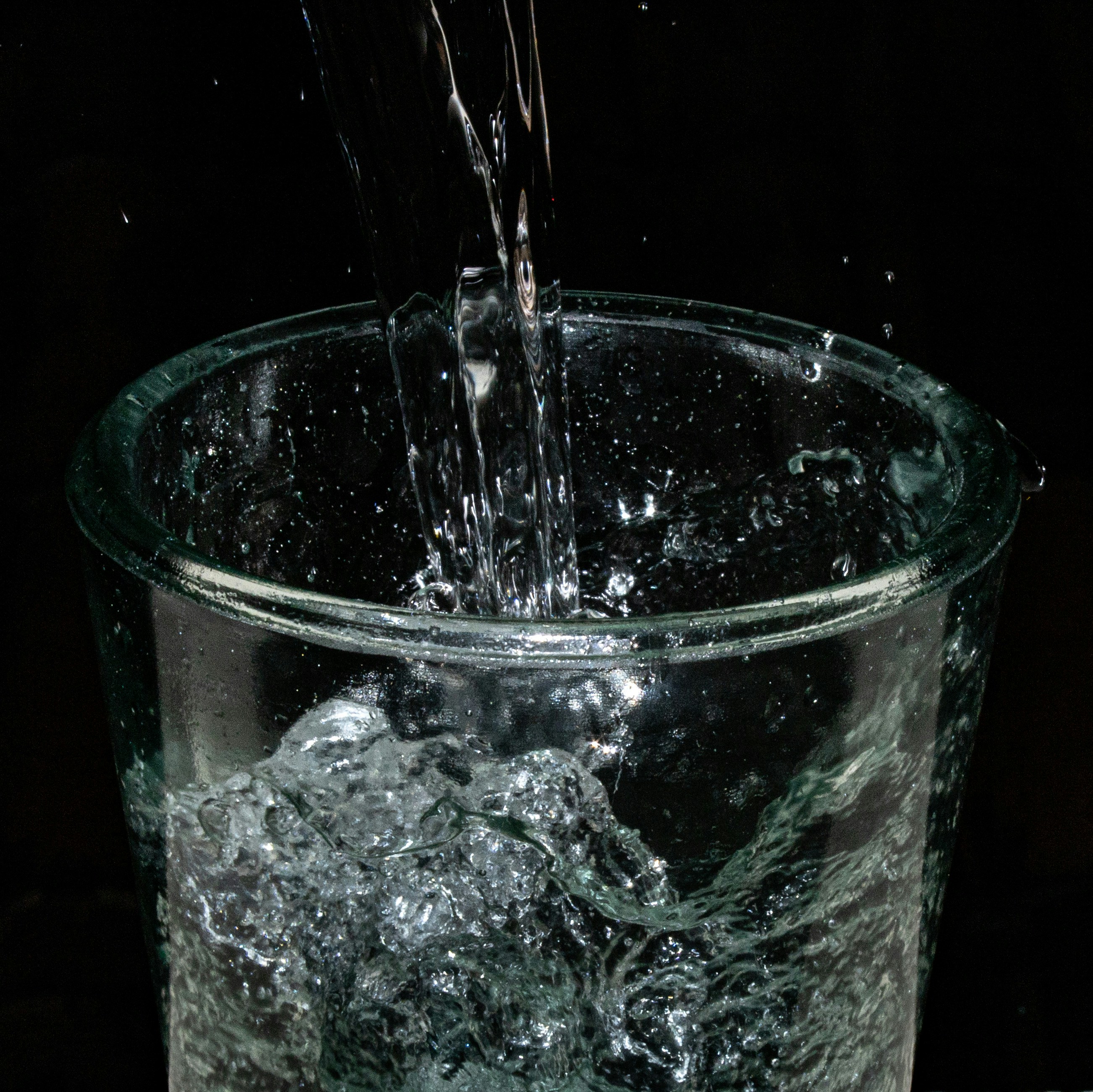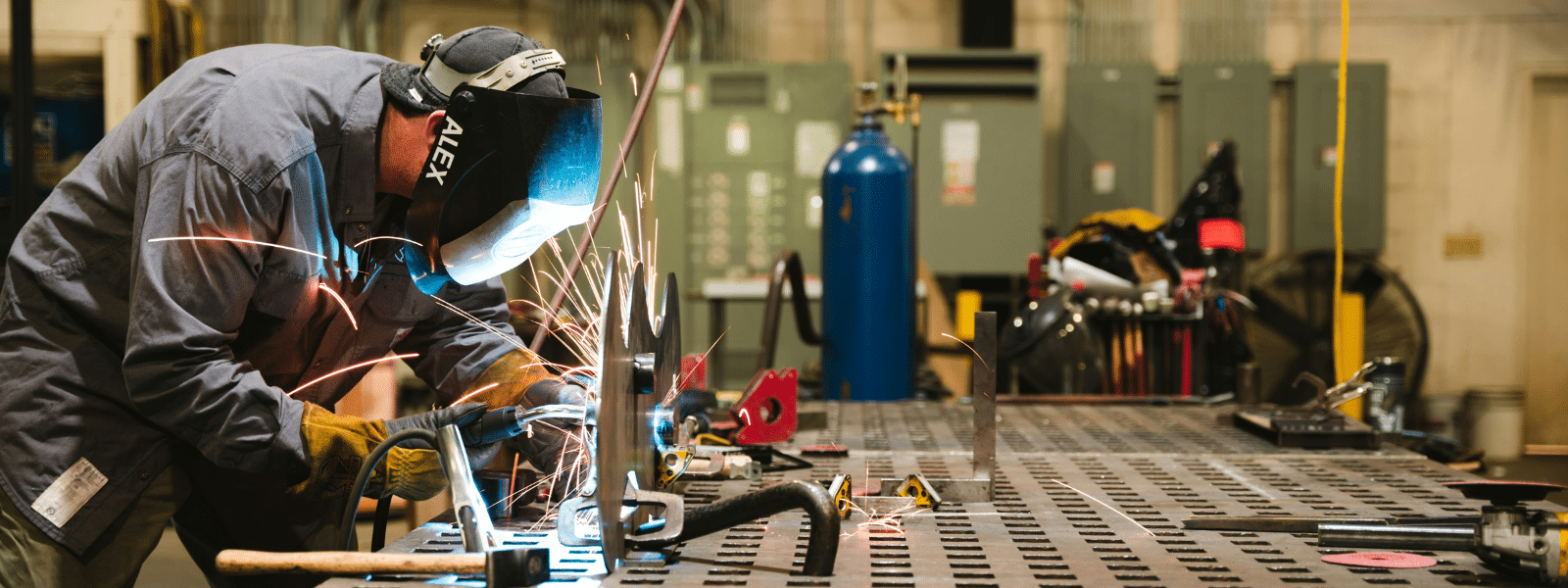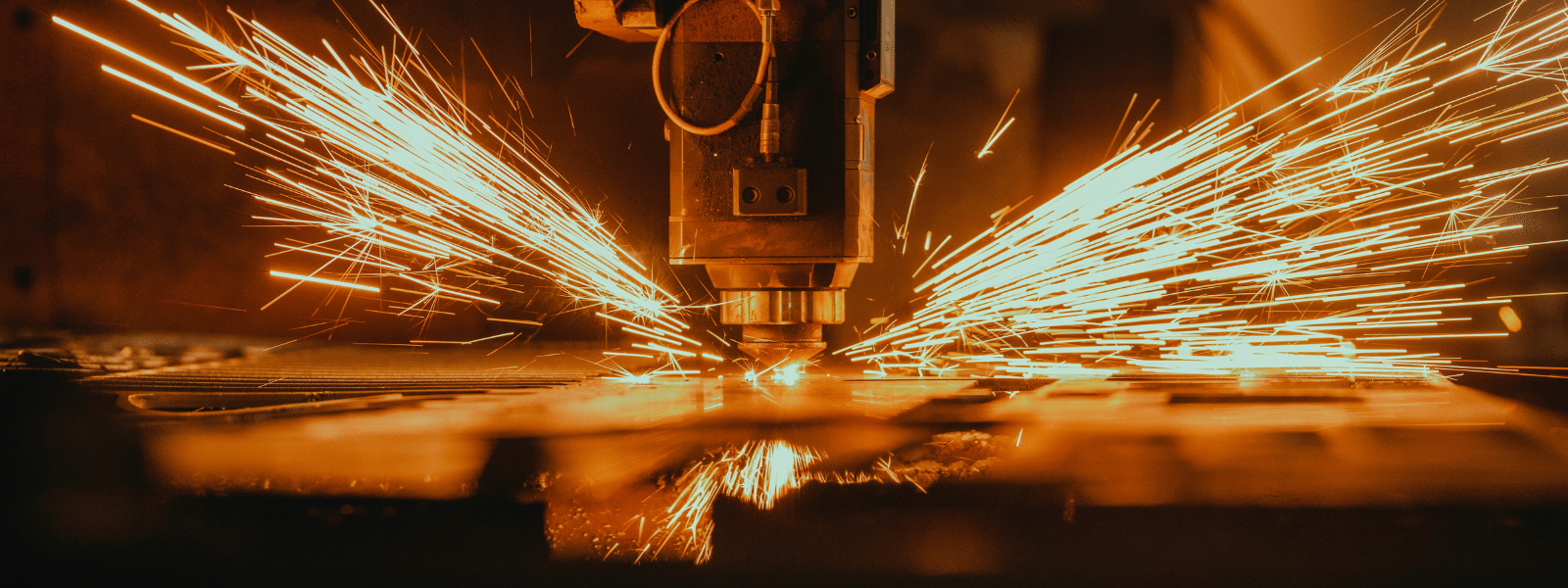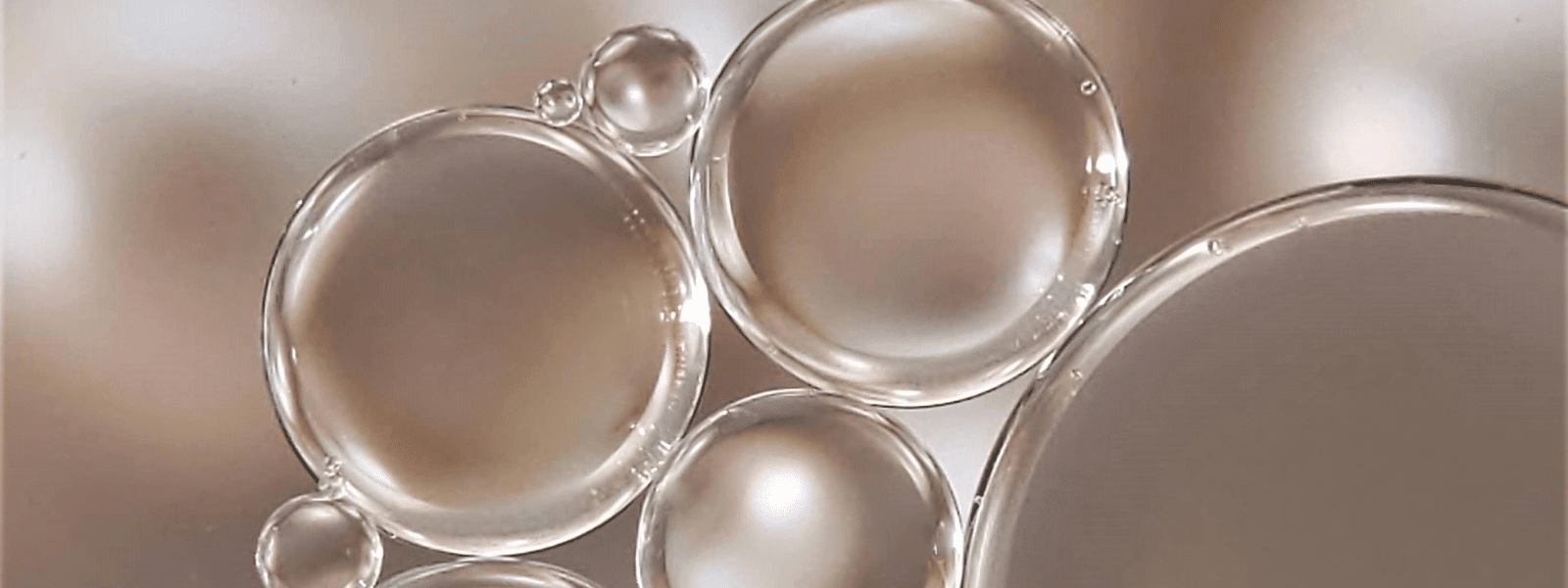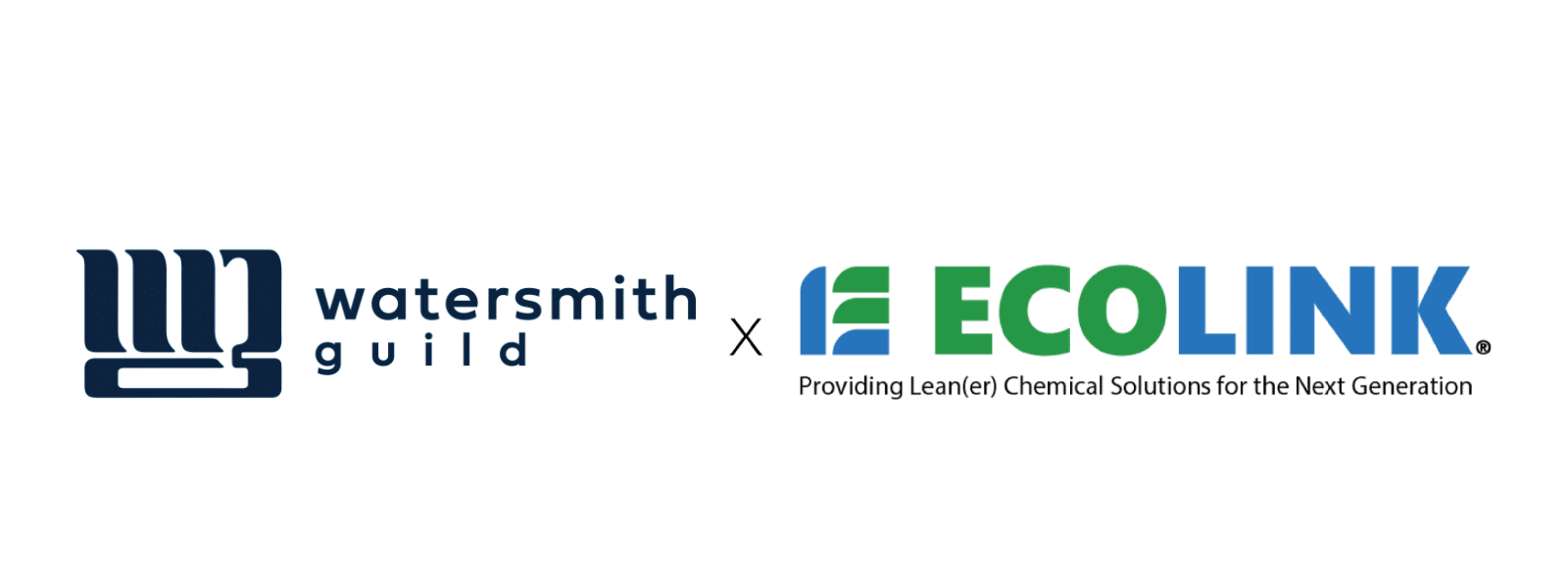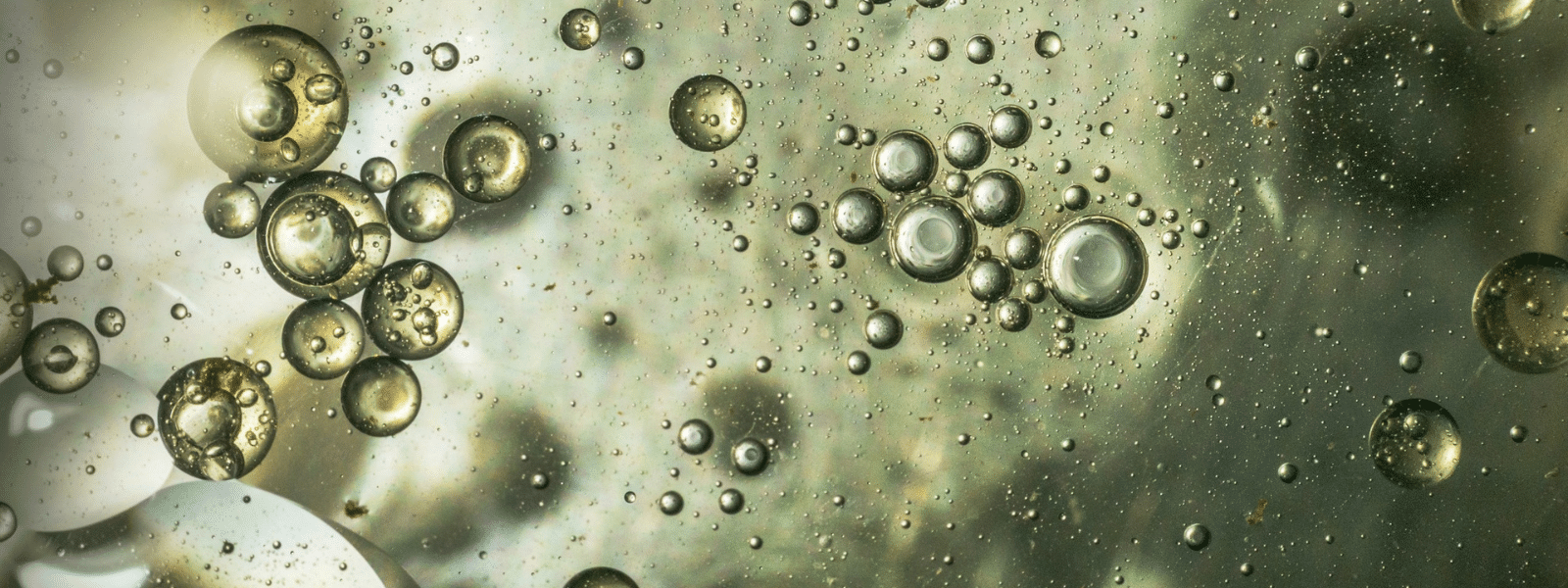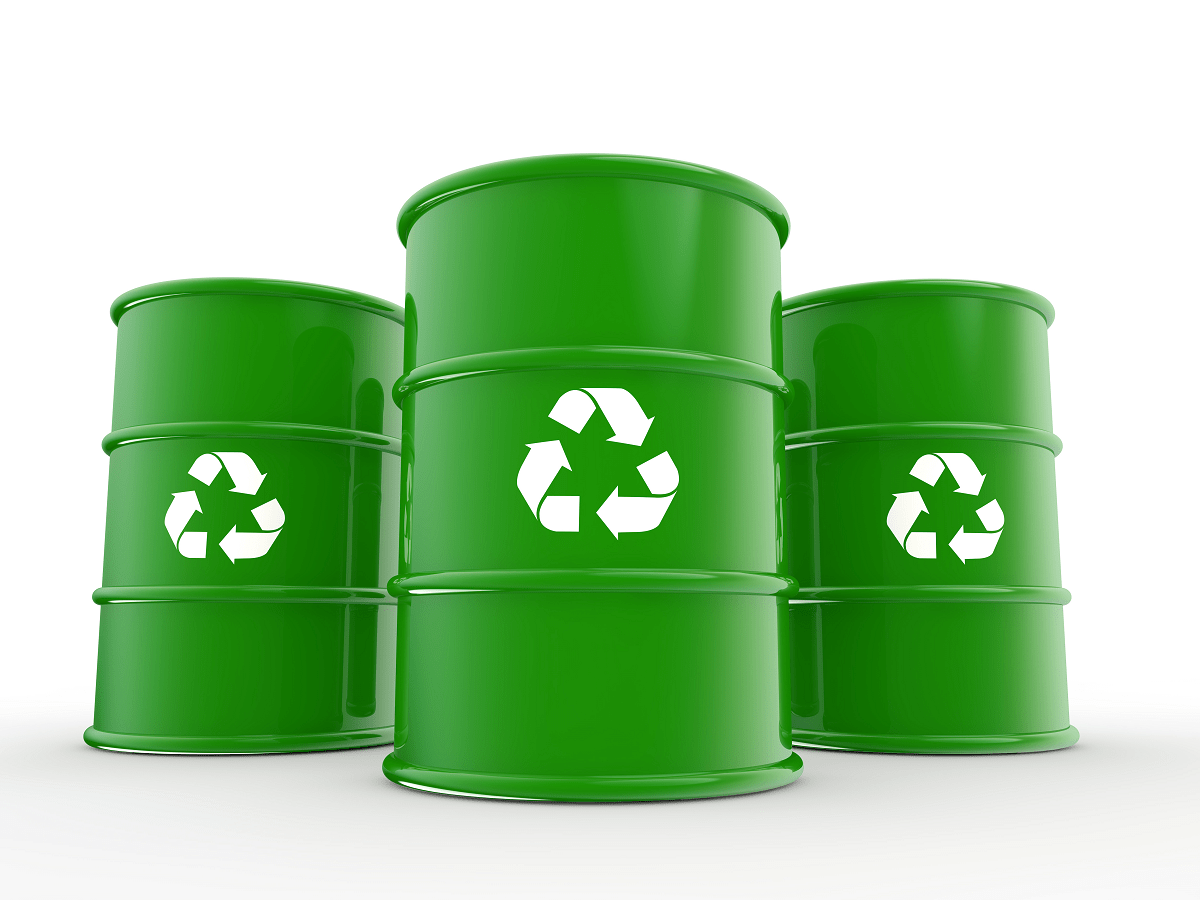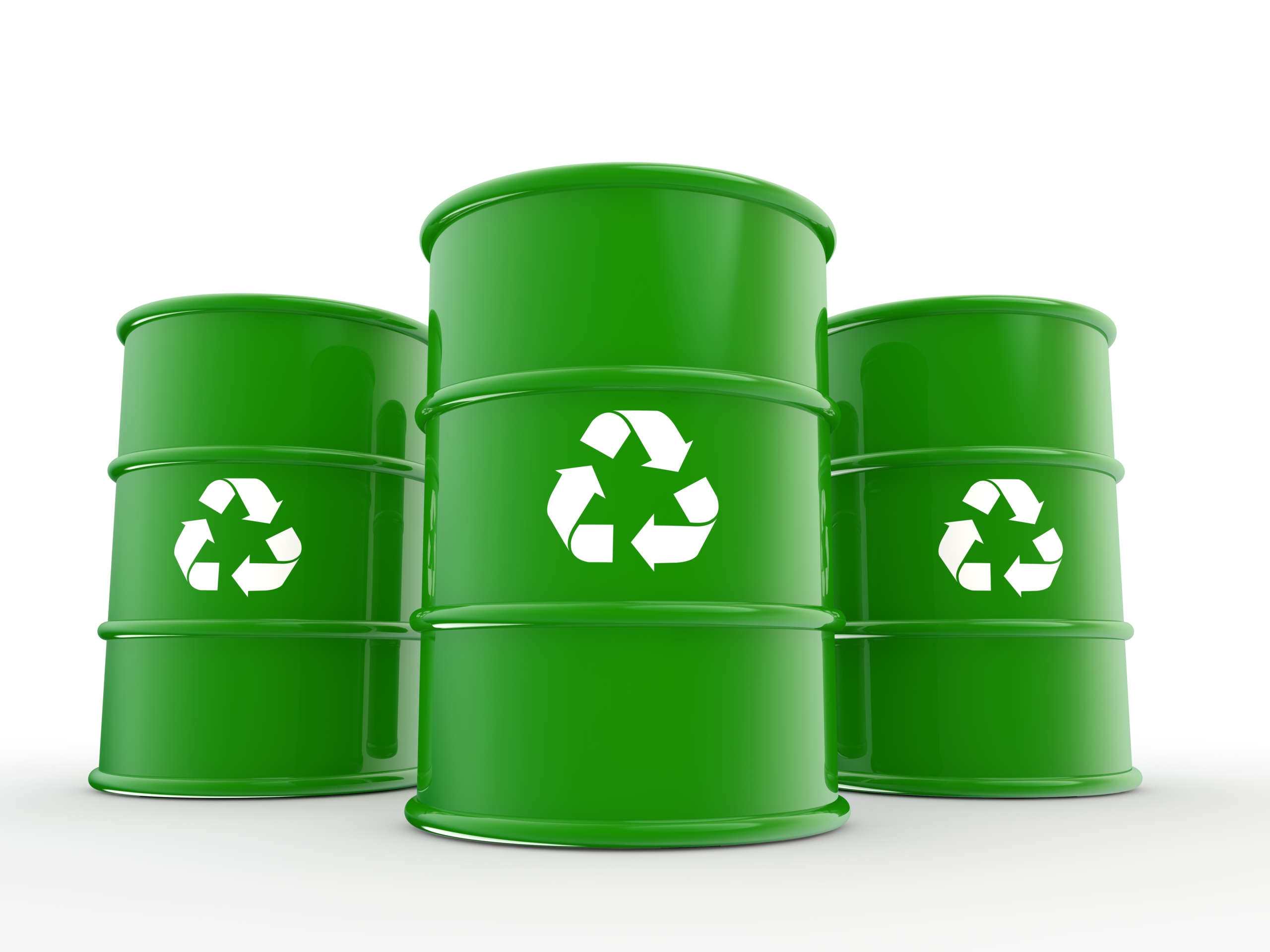Trichloroethylene, commonly referred to as TCE, has recently experienced a sudden increase in price. Though still widely used in the U.S. for...
Blog


CHEMICAL INDUSTRY NEWS
Chemical Chat – Discover What’s New!
VOC Compliant Meaning
Why is it important to understand the VOC compliant meaning? VOC is an acronym for Volatile Organic Compounds. According to the United States...
MEK Solvent vs Acetone
What is the difference between MEK Solvent vs Acetone? MEK is an acronym for Methyl Ethyl Ketone. According to the Center for Disease Control (CDC)...
Difference Between Glycol And Ethylene Glycol
What is the difference between glycol and ethylene glycol? Encyclopedia Britannica defines Glycol as “any of a class...
VOC Compliant Meaning
Why is it important to understand the VOC compliant meaning? VOC is an acronym for Volatile Organic Compounds....
Company News

Managed Services
Discover the Latest in Safe and Sustainable Chemical Solutions
Stay informed with Ecolink’s blog! Subscribe now
Chemical Management Information
Stay updated with us
Sign Up for the Latest Updates
Stay informed about chemical supply chain disruptions and emerging innovations to keep your business at the forefront of efficiency and innovation. Uncover new ways to make your business practices more sustainable by incorporating safer products into your cleaning lineup.



